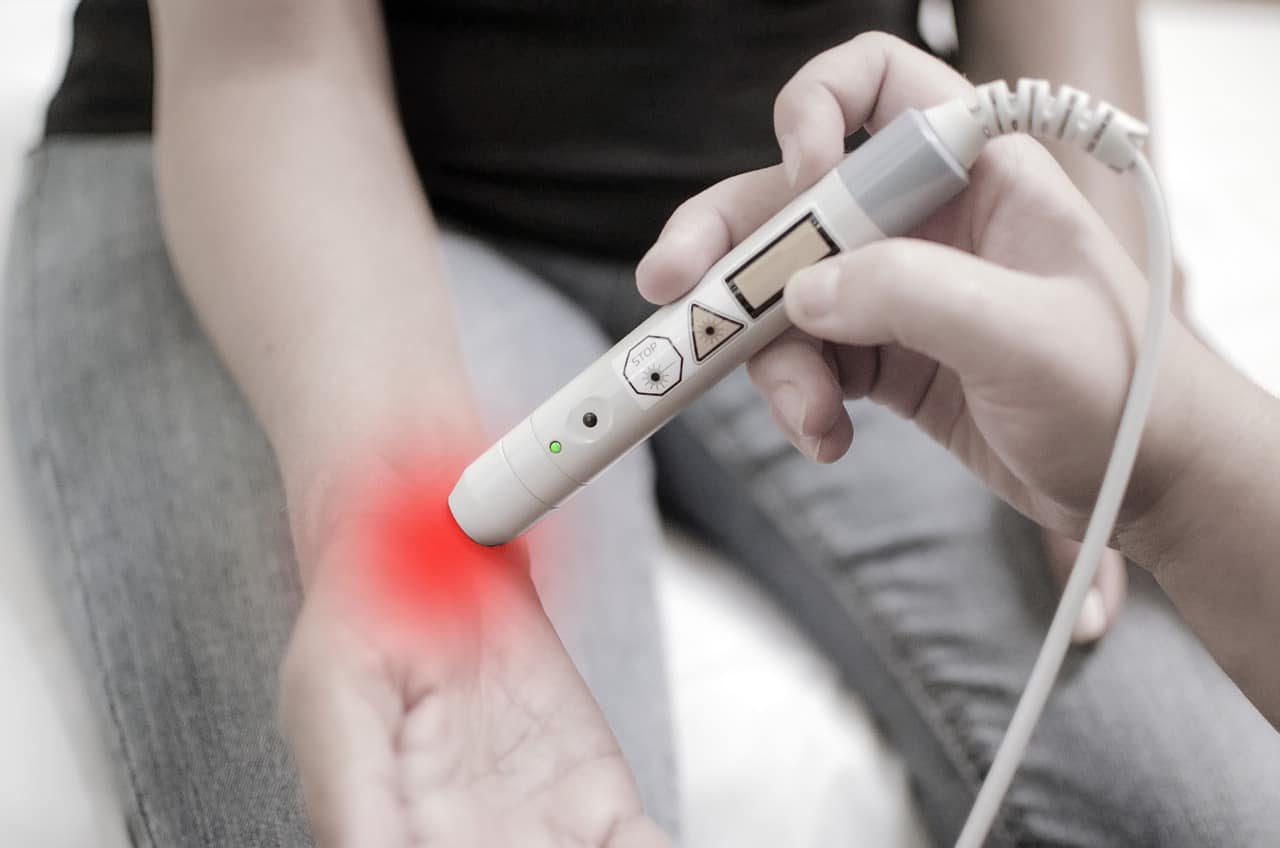It is even-more important, critical, to maintain healthy joints and bones when you have a physical disability or limited mobility. As we age, damage to joints and bones can be debilitating and difficult, if not impossible, to bounce back from. Take care of your bones and joints- observe Bone and Joint Action Week this October to learn more!
Bone and Joint Health Action Week is the perfect time to pay some attention to your own health and wellbeing; are your bones and joints healthy? Damage, injury, or compromise to bones and joints can impact all other areas of life, bringing pain, discomfort, and inconvenience to many. There are some things that you can do now to help prevent issues with bones and joints later- as well as tips to reduce discomfort when you already struggle with this affliction. Bone and Joint Action Week is observed in mid-October annually, and strives to spread awareness and engage those impacted by bone or joint issues. If you live with limited mobility, use mobility aids and equipment to protect yourself against bone or joint trauma and injury.
Healthy Bones and Joints
It is estimated that over half of adults in the US are impacted by musculoskeletal conditions, that is, an issue with bones or joints. It is further reported that one-in-three adults seek medical attention for a problem with bones or joints, such as a broken bone. Bone and joint conditions comprise the leading cause of physical disability and chronic pain, causing problems for millions widely. Some other examples of bone and joint issues include arthritis, back pain, osteoporosis, and spinal conditions. These conditions impact a far larger demographic than many realize- it is important to know that there are many struggling with the same conditions and that there are networks in place to provide support and information globally. Bone and Joint Action Week attempts to provide another platform to bring attention and spread light on bone and joint health- as well as how integral it is to overall holistic wellbeing.
Issues with Bones and Joints
It is estimated that around six-million people break a bone each year in this country, including fractures and cracks. The most common injury sustained is a fractured or broken arm, accounting for around half of all broken bones. This injury is common among all ages, but seniors face the most serious repercussions of a broken bone when it comes to healing, recovery, and long-term prognosis. An injury, such as a broken arm sustained in a fall, can be debilitating, and devastating for someone over the age of 60, costing them their mobility, autonomy, and independence.
Protecting Bones and Joints
Perhaps the most relevant and impactful thing that seniors- or anyone- can do to prevent issues with joints and bones is to prevent any injury that could potentially cause trauma to the body. The first thing to consider is how to avoid falls and reduce the risks associated with a fall, which as mentioned, can be catastrophic. Some basic tips that may reduce the inherent risks of falling include these:
- Wear slip-proof footwear when walking around the home, rather than bare feet or socks only.
- Avoid wearing loose or ill-fitting clothing that could easily snag or fetch, causing a fall.
- Outfit your pets’ collars with a tiny bell or tags that make noise when they walk. This will provide a warning that they are underfoot, potentially preventing a fall.
Always ask your medical professional for other advice pertaining to reducing the risk of a fall. They may have insights that could possibly prevent a nasty injury.
What You Can Do
You can help. Observe Bone and Joint Action Week this October with habits and activities that focus on maintaining healthy bones and joints. This includes your diet, fitness, and lifestyle choices that can protect and preserve your physical wellbeing, while avoiding those things that can put your body at risk.
Some things you can do during Bone and Joint Action Week include:
- Engage in low-impact exercise that will be beneficial for joints, like swimming. The natural resistance of the water provides the perfect buffer for joints; talk to your doctor before beginning any fitness regimen.
- Pay attention to your diet and what you are eating. Try to incorporate foods that contribute to bone health, like dairy and dark, leafy greens, which are rich in Vitamin D.
- Try to reduce fall risks around the home. Declutter and get rid of any scenario that could cause you- or somebody else- to take a nasty fall. Falls can lead to traumatic injuries that many seniors do not recover from.
Furthermore, make it a mission to share what you learn about healthy bones and joints with others; awareness is so important!
Pacific Mobility has been serving the mobility needs of the Bay Area for generations. Trust in a company with proven expertise and a solid reputation for all your mobility aids and equipment; call to talk to a qualified mobility professional today!
President, Husband, Father, Grandfather Graduate of UC Davis- Bio Sci Major- Go Aggies! Jeff has extensive experience in all of Pacific Mobility’s products and services, and specializes in accessibility products as well as stairlifts, ceiling lifts and custom wheel chairs. His hobbies include spending time with family, gardening, mountain biking, exercising and off road motorcycle riding.
24 years as Owner/President of Pacific Mobility Center – selling, installing, and servicing stairlifts, porch lifts, ceiling lifts, pool lifts, handicap ramping, specialty wheelchairs, scooters, power wheel chairs, and other power mobility devices
Certified Environmental Access Consultant since 2008
Licensed General Contractor since 1998
Certified Aging in Place Specialist since 2016
Board Member for Home Access Professionals
Member of Association of Members of the Accessibility Equipment Industry (AEMA)




